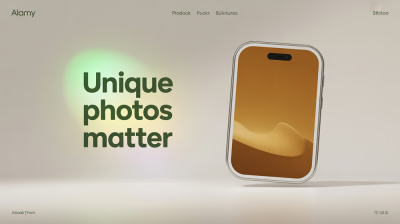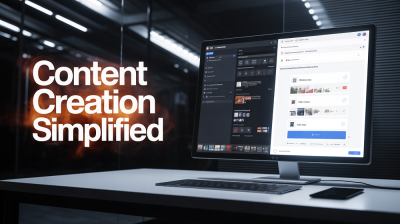The Nintendo GameCube was a beloved gaming console when it launched in 2001, and its controllers left a lasting impression on gamers everywhere. With a unique design and ergonomic feel, GameCube controllers became a fan favorite for a variety of reasons, not the least of which is their vibration feature. But what makes these controllers so special, and how has their vibration technology evolved? Let's explore!
The History of Rumble Technology in Gaming
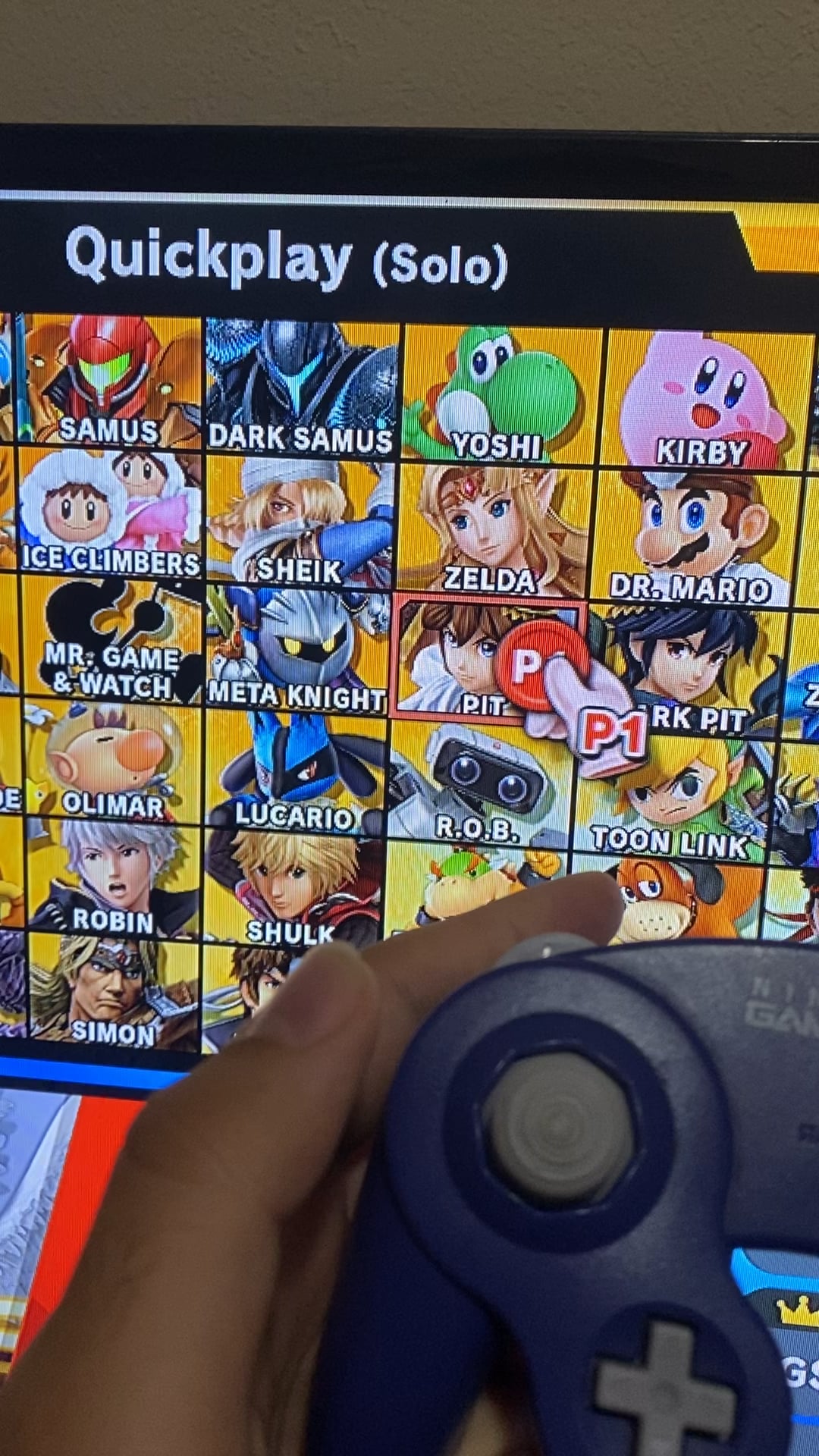
The journey of rumble technology in video gaming is quite fascinating, reflecting the industry's rapid advancement. Rumble features have become a standard expectation, but their origins can be traced back to the early days of gaming. Here's how it all began:
- Pre-Rumble Era: Before vibration technology became widespread, gaming experiences were largely auditory and visual. Players felt immersed through graphics and sound alone.
- The Introduction of Rumble: The first notable leap into rumble technology was with the 1997 release of the original PlayStation, which featured the DualShock controller. This controller introduced players to a new layer of immersion with its vibration feedback during gameplay.
- Nintendo Joins In: Not to be left behind, Nintendo introduced its own version of vibration technology with the Nintendo 64's Rumble Pak, released shortly after the DualShock. This add-on greatly enhanced the Roller Coaster Tycoon experience and became a staple for games that supported it.
- GameCube's Vibration Feature: By the time the GameCube released in 2001, rumble technology was integrated directly into the controller, marking a significant leap forward. The GameCube controller featured what Nintendo branded as "Impulse Technology," delivering more responsive and varied rumble effects.
- Evolution of Rumble in Modern Gaming: Today, vibration technology has evolved even further, with HD Rumble found in the Nintendo Switch controllers, allowing for varied sensations and experiences. This shows how far we've come since the early days of gaming!
Overall, the history of rumble technology not only highlights innovation but also the increasing emphasis on creating immersive gameplay experiences. Each leap in technology, including the one represented by the GameCube controller, helped pave the way for the incredibly engaging gaming environments we have today.
GameCube Controller Design and Features
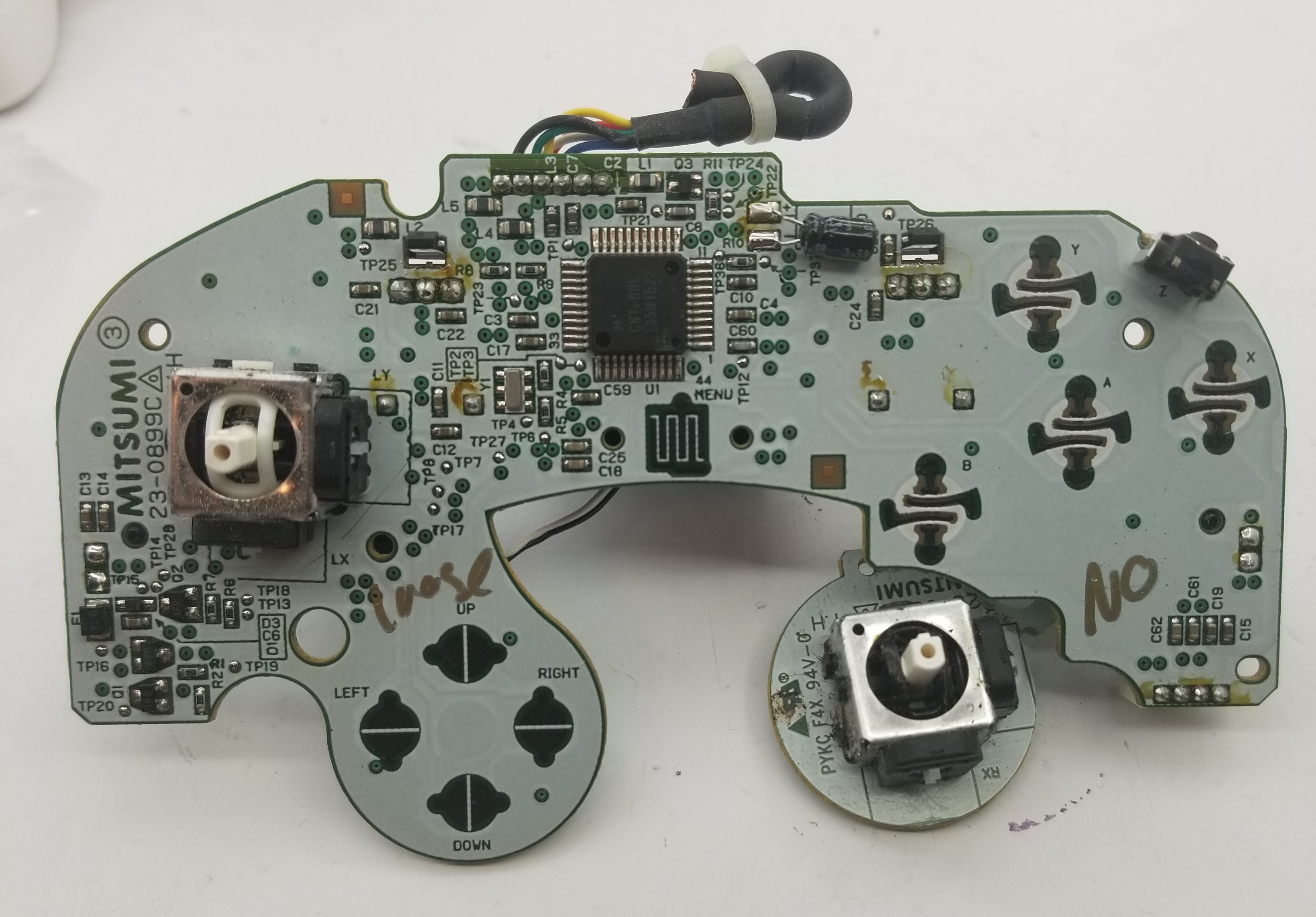
The Nintendo GameCube controller is iconic, both for its unique design and innovative features. When you first lay your hands on it, you can’t help but notice the comfortable grips and ergonomic layout that just feel right. It’s designed for extended gaming sessions without causing too much fatigue, which is always a plus!
One of the standout characteristics of this controller is its distinctive button arrangement. The controller features:
- Large A Button: The A button is oversized and prominently placed in the center, making it easily accessible for quick inputs.
- Precise Control Stick: There’s a generous-sized analog stick that allows for smooth and accurate movements, ideal for both platformers and action games.
- D-Pad: A simple D-Pad is present on the left side for easy navigation through menus and functions.
- C Stick: Located above the main analog stick, this smaller stick offers additional control options, often used for camera movement in 3D games.
- Shoulder Buttons: With two large shoulder buttons and two smaller Z buttons, you have a range of options for gameplay mechanics.
But it’s not just about buttons; the GameCube controller is also known for its durability. Made with quality materials, it can withstand hours of intense playtime. Plus, the overall aesthetic, with its colorful palettes, adds a fun touch that many players adore.
Does the GameCube Controller Have Rumble?
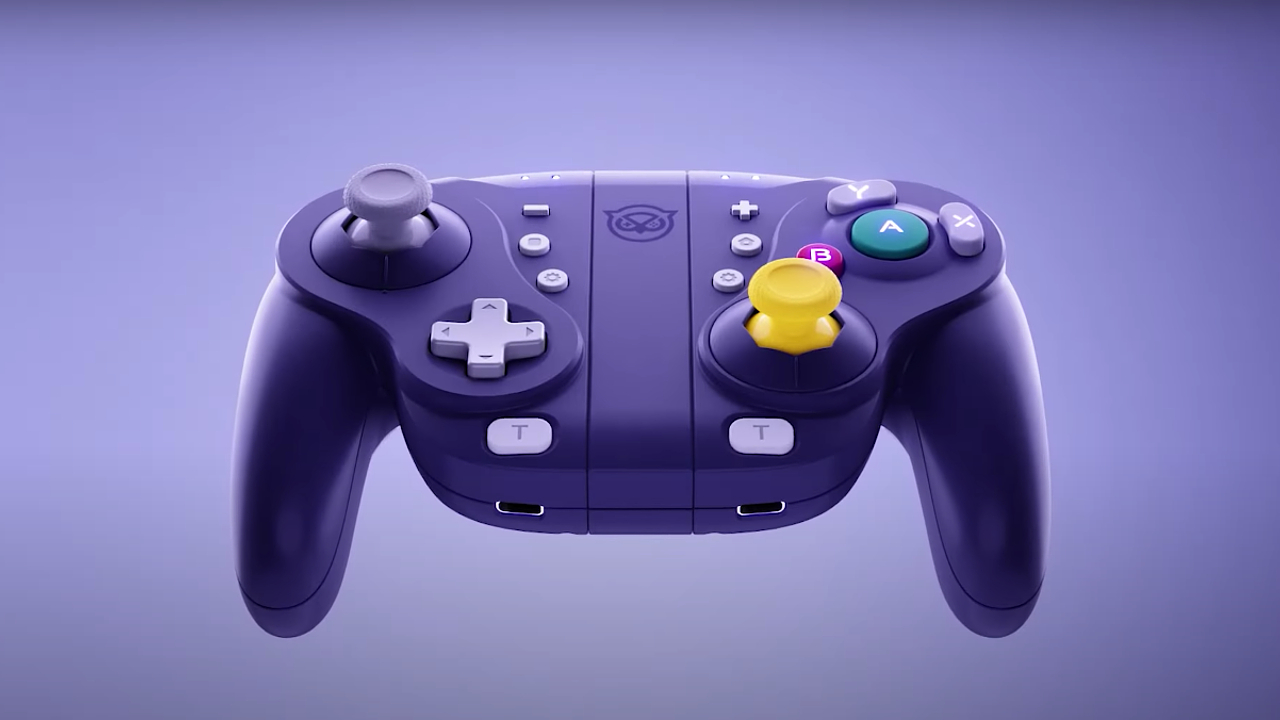
Oh yes! The GameCube controller definitely has a rumble feature, and it was one of the first game controllers to utilize it effectively. Nintendo integrated this technology to provide an immersive gaming experience, letting players feel the action as it happens on the screen. Let’s break down how this works:
The rumble function is made possible through a built-in motor, which realistically recreates different types of vibrations based on in-game events. Here’s a quick overview:
- Enhanced Gameplay: With rumble, a player can feel explosions, jumps, and various on-screen actions, making the experience much more engaging.
- Customization: Many games offered adjustable rumble settings allowing players to fine-tune the intensity to their preference.
- Memory Card Integration: Some games allowed for rumble through the memory card option, adding a layer of interactivity beyond just the controller.
It’s essential to note that not all GameCube games utilized the rumble feature, but the ones that did showcased it beautifully. So, if you’re on a nostalgic mission to relive those childhood gaming memories, you can expect plenty of thrilling vibrations as you tackle unforgettable challenges!
How Rumble Enhances the Gaming Experience
Ah, the rumble feature in gaming controllers! It's one of those things we often take for granted, but once you dive into it, you'll see just how transformative it is for gameplay. The GameCube controller, in particular, was a game-changer when it came to enhancing player immersion. But how exactly does rumble enhance the gaming experience?
- Immersion: When you feel your controller vibrate during intense moments, it pulls you right into the action. Imagine landing a massive blow in a fighting game or narrowly escaping an explosion in a shooter. The rumble makes those moments feel real!
- Feedback: Rumble offers tactile feedback that can inform you about in-game events. For instance, in racing games, you’ll feel different vibrations depending on whether you're skidding on gravel or racing on the asphalt. This feedback can help you make split-second decisions.
- Emotional Connection: A subtle rumble can convey emotional weight. Games often use it to enhance sad moments or significant plot points, allowing players to feel a connection with the story, which can lead to a deeper emotional investment.
Overall, the rumble feature transforms how we interact with games, making each experience richer and more engaging. It’s not just a gimmick; it’s an essential part of modern gaming that truly enhances our connection to the digital worlds we explore.
Comparing GameCube Controllers to Other Controllers
When it comes to gaming controllers, there’s a plethora of options out there, each with its own unique features. But how does the GameCube controller stack up against its competitors? Let’s break it down!
| Feature | GameCube Controller | XBOX Controller | PlayStation Controller |
|---|---|---|---|
| Ergonomics | Compact design, comfortable fit for long sessions | Sturdy, slightly heavier | Sleek, but may feel too thin for some |
| Button Layout | 4 face buttons, unique Z-trigger | 4 face buttons, two thumbsticks | 4 face buttons, two thumbsticks |
| Rumble Feature | Yes, responsive and immersive | Yes, equally immersive | Yes, but some find it a little delayed |
| Analog Sticks | Single stick with a unique shape, ideal for precise movements | Two sticks, great for multitasking | Two sticks, widely accepted standard |
So, what’s the ultimate verdict? The GameCube controller has a charm and unique layout that sets it apart, especially for specific genres like platformers and action-adventure games. While other controllers may excel in features like compatibility and versatility, GameCube's sentimental value and distinctive design make it truly special. Whether you're grabbing a controller for nostalgia or exploring its unique ergonomics, each has its own merits!
Exploring the Vibration Feature of GameCube Controllers
The Nintendo GameCube, released in 2001, introduced a unique design and several innovative features, one of which was the vibration functionality of its controllers. This feature added a new layer of immersion to gameplay, allowing players to experience more dynamic interactions within their gaming worlds.
GameCube controllers are renowned for their distinctive button layout and ergonomic design, but the vibration mechanism is a core component that enhances the gaming experience significantly. Here’s what you need to know about the vibration feature:
- Type of Feedback: The GameCube controller employs a rumble feature that provides tactile feedback during gameplay, making actions like jumps, collisions, or explosions feel more realistic.
- Technology Used: The vibration is generated using an internal motor with an off-balance weight that spins, creating vibrations. This mechanism can produce varying degrees of intensity depending on the game’s requirements.
- Game Compatibility: Not all GameCube games utilize the vibration feature, but many popular titles, such as "Super Smash Bros. Melee" and "The Legend of Zelda: The Wind Waker," deliver an enriched experience through this feedback.
| Game Title | Vibration Feature Used |
|---|---|
| Super Smash Bros. Melee | Responsive feedback on hits |
| The Legend of Zelda: The Wind Waker | Feel of boat sailing and treasure discovery |
| Metroid Prime | Intense vibrations during combat |
In conclusion, the vibration feature of GameCube controllers not only adds excitement and realism to gaming but also significantly enhances user engagement, allowing players to feel more connected to the game. This tactile feedback has set a standard for controller features in subsequent gaming generations.






